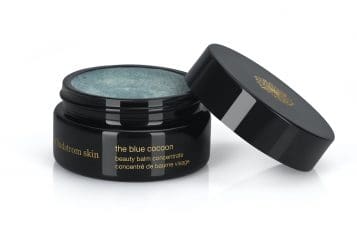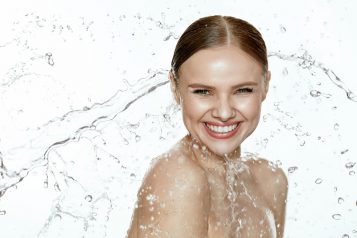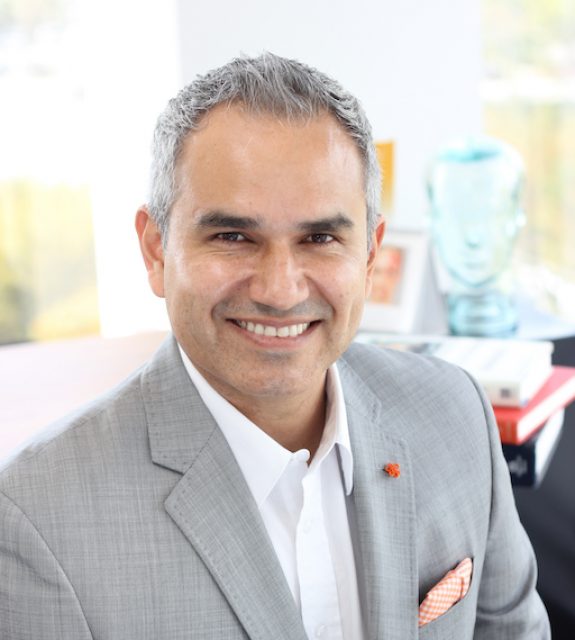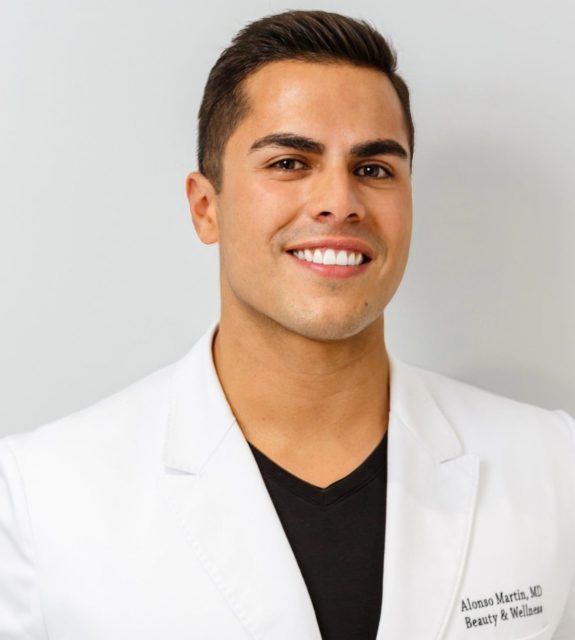Dr. Parbhu started practice in Orlando in 2010. She serves as volunteer faculty and has an appointment with the University of Central Florida College of Medicine as an Assistant Professor of Ophthalmology. She is a member of the American Academy of Ophthalmology and is board certified by the American Board of Ophthalmology. She is also certified by the American Society of Ophthalmic Plastic and Reconstructive Surgery, an elite and prestigious society of approximately 500 members. Dr. Parbhu has been named one of Orlando’s Best Doctors since 2013. Haute Beauty sits down with Dr. Parbhu to learn more about an upper eyelid blepharoplasty.
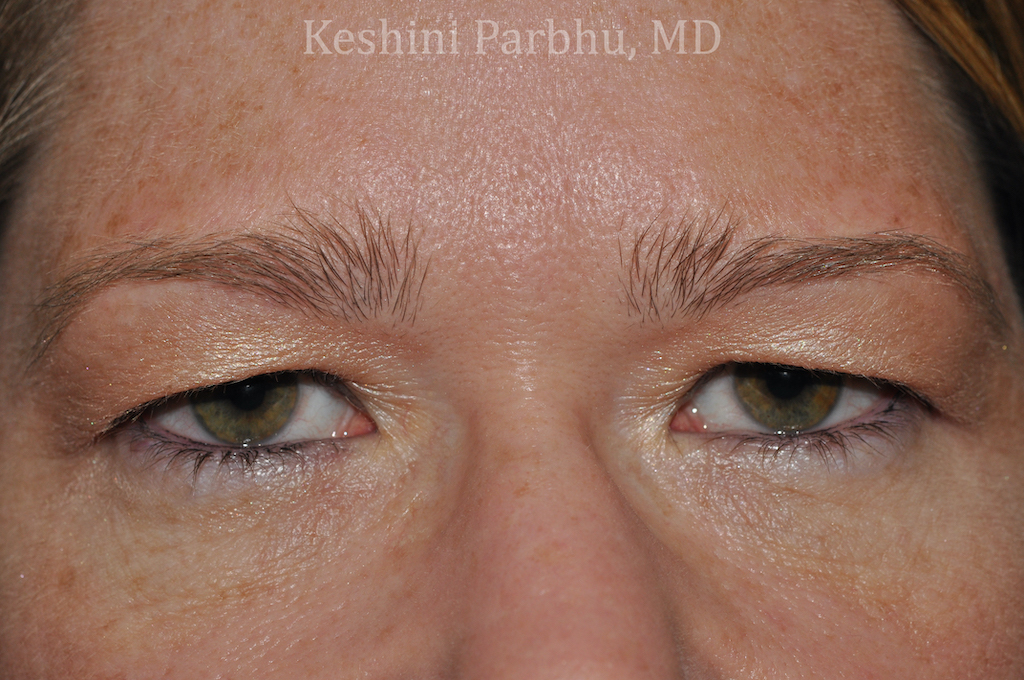
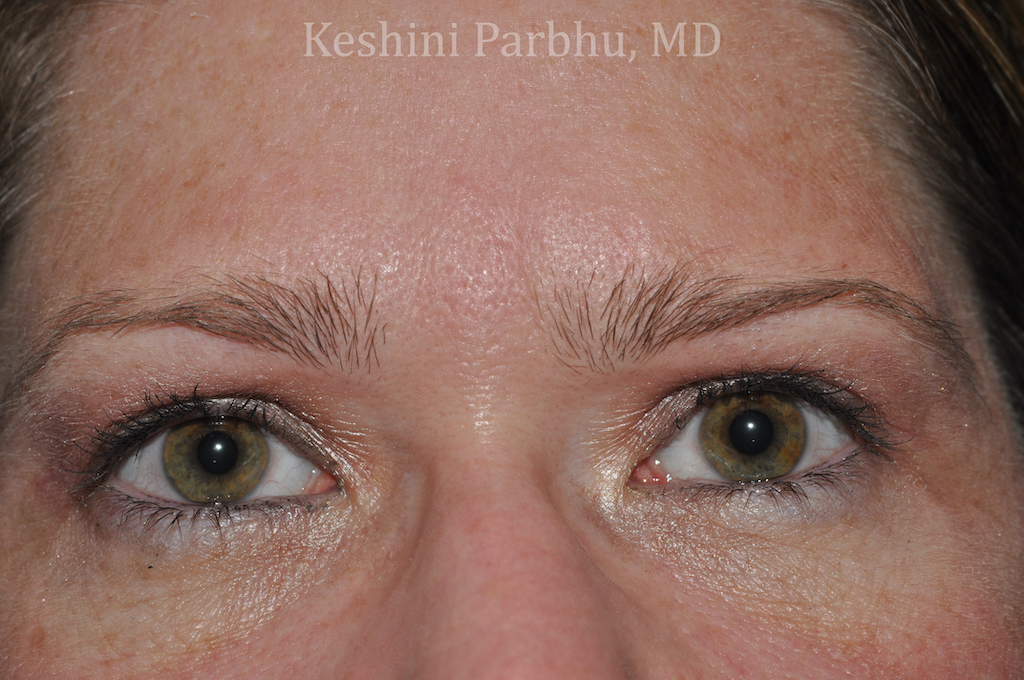
HB: What is an upper eyelid blepharoplasty?
Upper eyelid blepharoplasty is a surgical procedure to rejuvenate the upper eyelid area. This is a surgical procedure in which we remove excess fat from the upper eyelid and also do some fat removal or contouring as needed.
HB: How does an upper eyelid blepharoplasty work?
This procedure is done awake on an outpatient basis either under local anesthesia or twilight anesthesia. An incision is made along the lid crease and excess skin is removed. Fat removal and contouring is performed as needed as well.
HB: Who is the best candidate for this procedure?
Patients that have excess skin of the upper eyelid skin are candidates for this procedure. Patients typically complain that eye makeup cannot be applied well or that makeup smudges.
HB: How does this treatment compare to others of the same nature?
There are some radiofrequency or laser options for tightening eyelid skin but the results are modest at best.
HB: What does recovery look like?
Patients are asked to place cold compresses over the eyes for 48 hours. Most people get bruised because the eye is such a vascular area. Bruising can last up to two weeks. The majority of the swelling goes away in these first two weeks as well but the last residual swelling can take up to 4-6 weeks to go away. I like for people to take it easy for two weeks after surgery – no heavy lifting, aerobic exercise or bending over. I also think patients can heal more evenly if they sleep on their back slightly elevated. Finally, I do ask patients to avoid eye makeup directly over the sutures and to avoid contact lens wear in the first two weeks after surgery.
For more information, visit Dr. Keshini Parbhu's social media:







